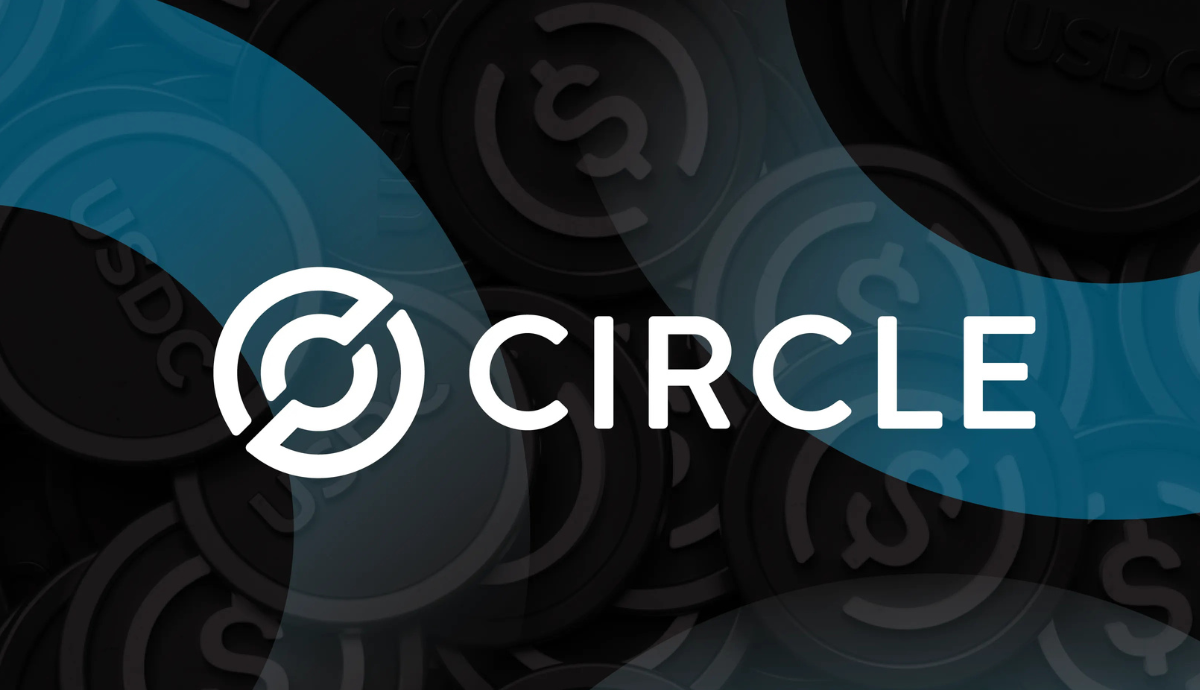What Makes Blockchain the Core Reason That Global Retailers Need Fintech Partnership?
In the fast-moving world of digital finance, this foundational strength is going to be a liability. The reason is simple: scale and bureaucracy move slower than decentralized innovation.

Key Takeaways
- The immense bureaucracy and legal inertia of large enterprises make internal blockchain innovation structurally impossible.
- Partnership is the critical survival strategy, as global enterprises must acquire Fintechs' speed to master the new decentralized payment rails.
- Enterprises that recognize this strategic necessity will enhance their long-term viability, while those that delay risk becoming obsolete in global commerce.
For decades, the massive scale, global reach, and substantial resources of major retailers were considered their greatest competitive advantage. Yet, in the fast-moving world of digital finance, this foundational strength is going to be a liability. The reason is simple: scale and bureaucracy move slower than decentralized innovation.
This article walks you through why global enterprises, from major retailers to traditional financial firms, may be forced to abandon internal development and urgently seek partnerships with agile fintech disruptors now. The core reason is blockchain, which has accelerated the pace of innovation beyond the capacity of large corporations to keep up internally. For these giants, partnerships are a viable strategy for survival in the coming decentralized payment era.
The Scale Trap: Why Internal Innovation Fails
The slow pace of large enterprises is rooted in the necessary bureaucracy that scale creates. This structural inertia makes a large retailer's greatest asset—its size—its biggest liability in the face of decentralized innovation.
Legal and Shareholder Inertia
Innovation is often completely stalled by the corporate environment. Every new idea that utilizes blockchain technology must pass through numerous legal and regulatory reviews. This is an immutable fact of operating at scale. What an agile fintech startup can test and iterate on in a few weeks requires a large retailer an entire year just to obtain internal approval. This massive compliance friction renders internal pioneering obsolete. Furthermore, shareholders demandpredictable quarterly earnings, forcing companies to prioritize safe, incremental upgrades over high-risk, pioneering experiments.
The Missing Infrastructure: Legacy Debt
While retailers focused on safe upgrades, they accumulated significant legacy debt by tying their systems to outdated, centralized payment processors. This decision guarantees a strategic lag because these corporations cannot build the necessary blockchain payment rails fast enough.
- The Technical Impossibility: It is structurally impossible for these centralized legacy systems to integrate the speed and composability of modern blockchain architecture without a complete, multi-year overhaul.
- The Inevitable Vacuum: This structural lag creates an inevitable vacuum that nimble fintechs, who build directly on modern, cloud-native architecture, are uniquely positioned to fill. For the large retailer, purchasing this modern infrastructure becomes a business necessity, not an option.
The Fintech Solution: Acquiring Speed and Utility
Fintech providers are winning because they embody the key attributes that modern digital payment infrastructure requires: speed and agility. Their strategy is simple: build directly on modern rails and offer that functionality as a service.
Practical Adoption Cases
This realization has led to a crucial market trend where global giants are replacing slow internal systems by acquiring external agility through partnership:
- Strategic Provider Replacement: Major retailers like Walmart have begun changing their core providers (e.g., swapping buy-now-pay-later services). They prioritize the agility of a fintech that can deliver solutions and adapt to consumer needs faster than their own internal divisions.
- Leveraging Local Expertise: Shein launched a co-branded credit card with a Mexican fintech, proving that relying on specialized, local expertise was safer and faster than attempting to build a complex financial product internally.

Bridging to the Crypto Economy
The ultimate frontier lies in crypto-native infrastructure, where the synergy between the two parties is absolute:
- The Blockchain Payment Rail: Companies like Circle are integrating stablecoins directly into payment providers’ networks. This instantly offers retailers a ready-made "Blockchain Payment Rail." It grants the retailer access to the efficiency gains of digital settlement without any internal development cost or regulatory headache.
- Retailers Bring the Market: In return, the retailer provides the massive global user base and brand trust. This is the key incentive for fintechs. This mutual dependence—Fintechs provide the technology, Retailers provide the market—is the only viable formula for the retail sector to access the efficiency gains of the crypto economy and survive the bureaucratic drag of building it themselves.

The structural reality is clear: for massive global enterprises, scale without agility is a competitive burden. The core function of finance has irrevocably changed, and the speed and efficiency of the blockchain now dictate the market pace.
For these global enterprises, partnership is not an option; it is a critical strategy to minimize competitive disadvantage. They must utilize the inherent speed and technological flexibility of fintechs to master the blockchain payment infrastructure. Attempting to build these systems internally would only ensure a repeat of the bureaucratic delay that has already cost them years of competitive advantage.
The future of global commerce will be defined by this synergy: Fintechs providing the rails, and Retailers providing the massive global reach. Enterprises that recognize this mandate will significantly enhance their long-term viability in the new decentralized payment landscape.
Cwallet: Your Gateway to a New Era of Crypto Finance
Cwallet, more than a wallet, is your all-in-one gateway to secure crypto management and dynamic trading.
In one powerful platform, you can store, swap, earn, and spend over 1,000+ cryptocurrencies across 60+ blockchains. Spend your digital assets like cash with the Cozy Card, while extra tools such as HR bulk management, mobile top-ups, and gift cards make every transaction smoother.
We're leveling up into a comprehensive financial hub — from zero-fee Memecoins and xStocks trading to fast, interactive price-prediction trades like Trend Trade and Market Battle, making crypto trading more accessible, engaging, and fun!Join millions already reimagining what a crypto wallet can do. Stay cozy, trade smart, and embrace the future of Web3 finance.
Official Link
Official Site: https://cwallet.com
Twitter: https://twitter.com/CwalletOfficial
Disclaimer
This content is strictly for informational and educational purposes only. It does not constitute financial, investment, legal, or tax advice, nor is it an offer or solicitation to buy, sell, or hold any digital asset. Crypto assets involve high volatility and risks, and their value can fluctuate greatly. Readers must be aware of and adhere to the relevant local laws and regulations concerning digital assets in their specific jurisdiction, as product availability may vary. All investment decisions must be based on your own research (DYOR) and risk assessment. Some content herein may be generated or assisted by artificial intelligence (AI) tools. The author and platform assume no liability for investment losses.
